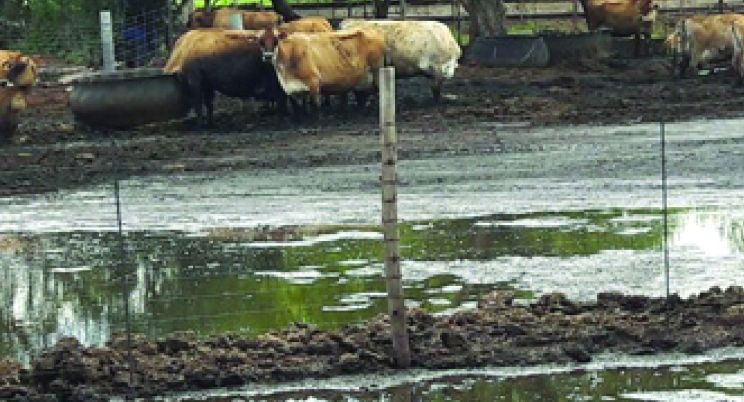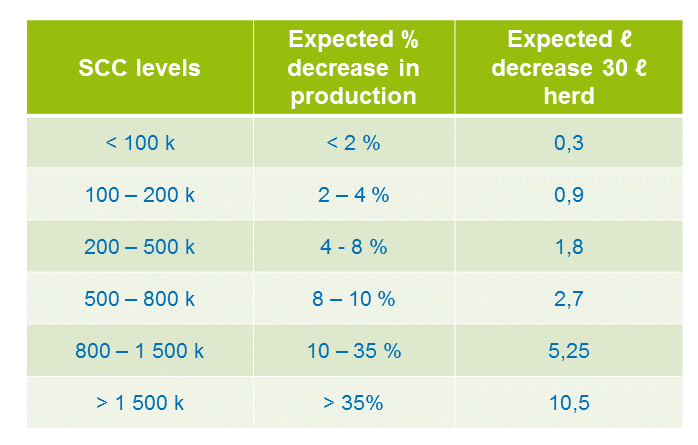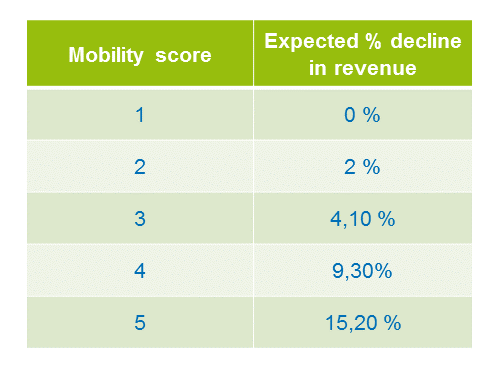Be proactive in wet conditions
After several years of below average rainfall and even record dry years, the 2016 - 2017 rainy season has so far not disappointed with at least normal and even abnormally high rainfall. The dairy industry does not complain; not with the drought still fresh in our memories. The wet weather, however, brings problems of its own when it comes to milk production systems and is something that needs to be addressed.

The effects of wet weather and mud stress are multifactorial and have many different aspects that can impact on dairy animals. The biggest impact is probably on dry matter intake (DMI). Animals make less effort to approach feed troughs because of the extra effort they should make to struggle through the mud. During severe rains, feed that is not covered, get soaked with water and it is difficult for animals to eat. This causes animals to also take in a "washed-out" or diluted TMR (total mixed ration). In these situations, animals tend to "slug feed". In the "slug feed" phase animals eat infrequently and when they do eat they tend to overeat. This can lead to various problems such as acidosis, displaced abomasum and laminitis which affect feed intake even more negatively.
In addition to the reduced intake, the muddy conditions also increase the maintenance needs of the cow, as it takes more energy to move through the mud. This increased demand with the reduced intake can bring about a general energy deficiency during the wet period. Table 1 indicates the impact that muddy conditions can have on consumption and production. Energy shortages caused by reduced feed intake is often difficult and extremely expensive to rectify by simply intervening with formulations and management practices should step in to combat the impact of mud on the herd at all costs.
Table 1 The Impact of Mud on Feed Intake and Milk Production
(Source: Feeding the lactating dairy cow to express its full genetic potential. LJ Erasmus, W. Smith, P. B Cronje)
Something that can easily be overlooked is, although the environmental temperature may be lower, the animals usually experience higher levels of discomfort and heat stress, due to the humidity in wet camps which is much higher than in the surrounding area and it will increase the temperature humidity index.
Secondary to mud stress there is also the effects on somatic cell counts (SCC) and the impact that it has on production. The SCC increases easily in mud stress periods due udders that comes into contact with mud for extended periods. The mud serves as a breeding ground for bacteria and in rainy periods and there is often an outbreak which increases the animal’s SCC. The SCC is directly correlated with milk production, so an increase in the SCC will usually cause a reduction in milk production as indicated in Table 2.
Table 2 Effect of SCC on Milk Production (Source: Logix)
The effect of mud on the general movement of a herd should not be underestimated. If it is not kept in check it can lead to various problems. One of the most direct contributions of poor mobility in the profitability of a dairy herd is reduced intakes. The effect of reduced intakes has been discussed earlier on and poor mobility will only worsen the situation. Poor mobility in these circumstances is largely due to animals being injured more easily by slipping and falling and the development of softer hooves because it is constantly wet, which easily sustains cuts and exposed to the perfect environment for bacteria.
Table 3: Expected Decline in Revenue due to Poor Mobility. (Source Peter Robinson, UC)
We are already in the middle of the rainy season. Long-term preparation may not be a short-term solution, but it's good to prepare for subsequent seasons.
Long-term solutions for wet periods include:
- effective drainage through slopes, gutters and weirs
- drainage to be considered when building camps
- building rest heaps
- removing manure
- Sheds and roofs (at least over feeding areas)
By addressing these aspects, up to 90% of the problems associated with wet conditions are effectively reduced.
In the short-term crisis management can be applied by acting proactively. This includes the use of wood shavings, soil or even cement (only when really necessary) in areas with high traffic to enhance walkways. One of the most effective ways to manage mud is to create temporary pens in unused fields or orchids. However, make sure that there is enough trough space. To tackle mud stress is not easy and certainly not cheap, but the option to do nothing could be much more expensive.
Summary
Mud stress has serious consequences for any dairy herd regarding the financial impact and in the milk industry today it is probably one of the problems that can easily be addressed if you act pro-actively.



